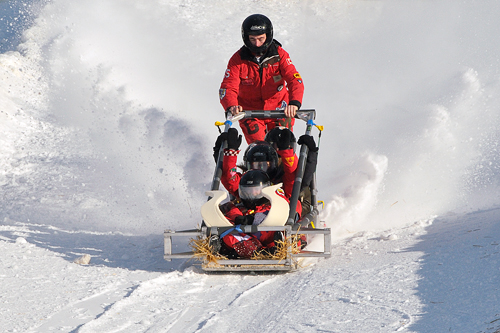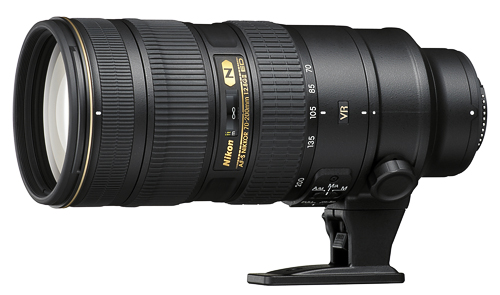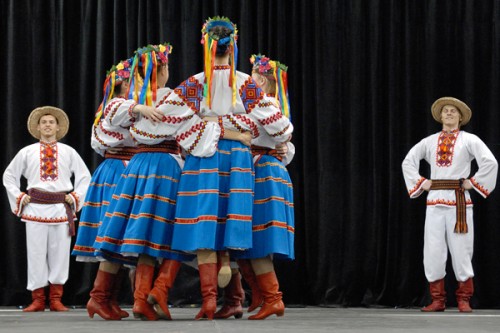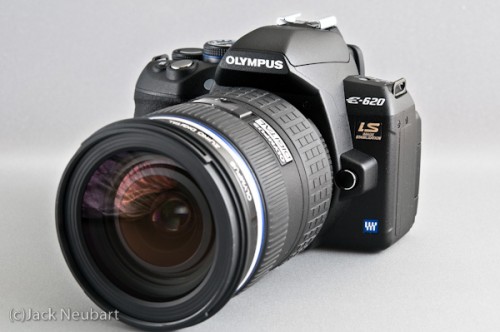Nikon 70-200mm f/2.8G AF-S ED VR II Lens Review: Field Test Report
Peter Burian tests this improved lens, one of the very best available in the “fast” telephoto zoom category
The preferred “workhorse” among many professional photographers since 2003, Nikon’s AF-S 70-200mm f/2.8G ED VR model was also my favorite lens in the Nikkor series. It was just about perfect in all aspects, except for some slight corner softness at wide apertures with a full-frame digital SLR. Some reviews also mentioned less than ideal flare control, but frankly, that was nit-picking. In any event, Nikon has replaced that earlier model with a new VR II-designated version boasting a superior optical design, more effective VR stabilizer plus some other benefits.

Nikon’s latest 70-200mm f/2.8 lens is pricey, but it’s a professional-caliber product in all aspects, including the latest optical design, an incredibly effective autofocus system, and unusually rugged build quality. (Nikon D300s; ISO 400; f/7.1; at the Great Northern Concrete Toboggan Race, Milton, ON). © 2010 Peter K. Burian
An f/2.8 lens is desirable for several reasons. The very wide maximum aperture allows for faster shutter speeds than the more typical f/4.5-5.6 zooms. That’s valuable in low light or action photography, allowing us to use lower ISO levels for superior image quality. A maximum aperture of f/2.8 also allows more light to reach the AF sensor for faster autofocus. And AF is maintained even when a 1.4x or 2x teleconverter is used. Granted, this 70-200mm f/2.8 lens is very large and heavy, but it’s built to tolerate pro-level abuse and it’s also dust- and moisture-resistant. (more…)


